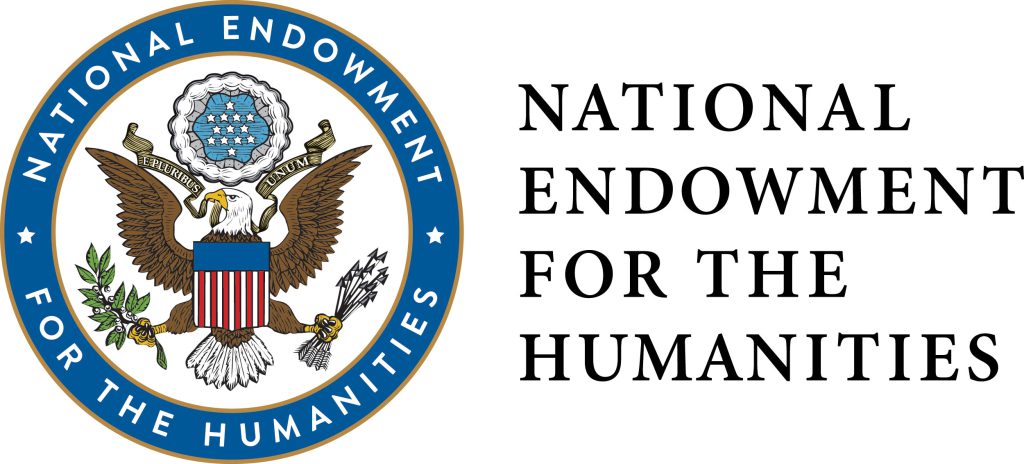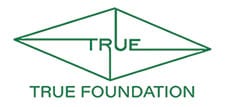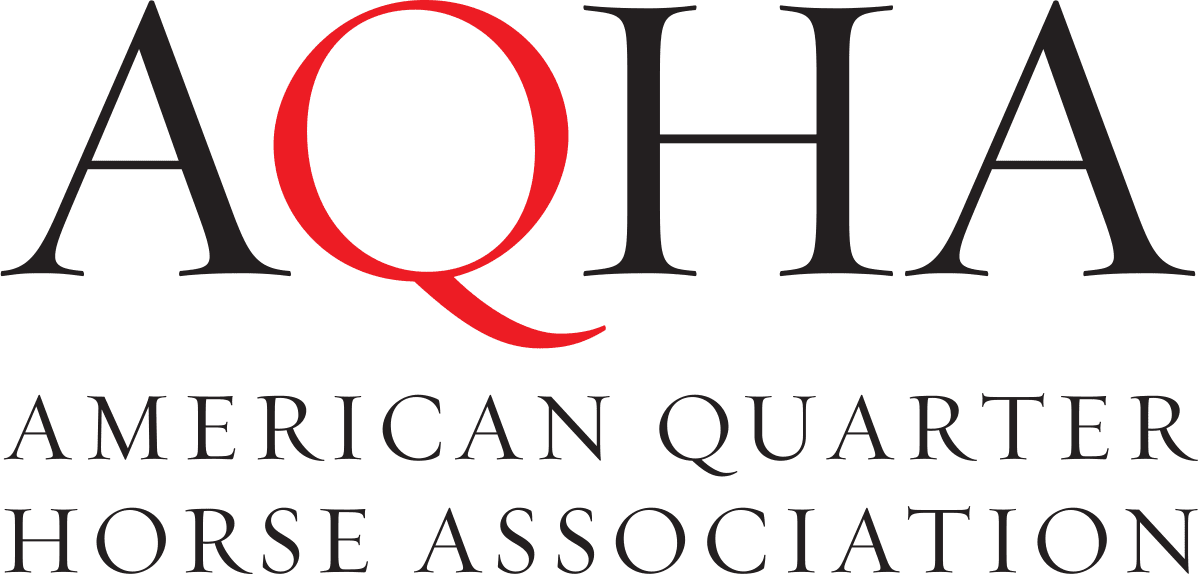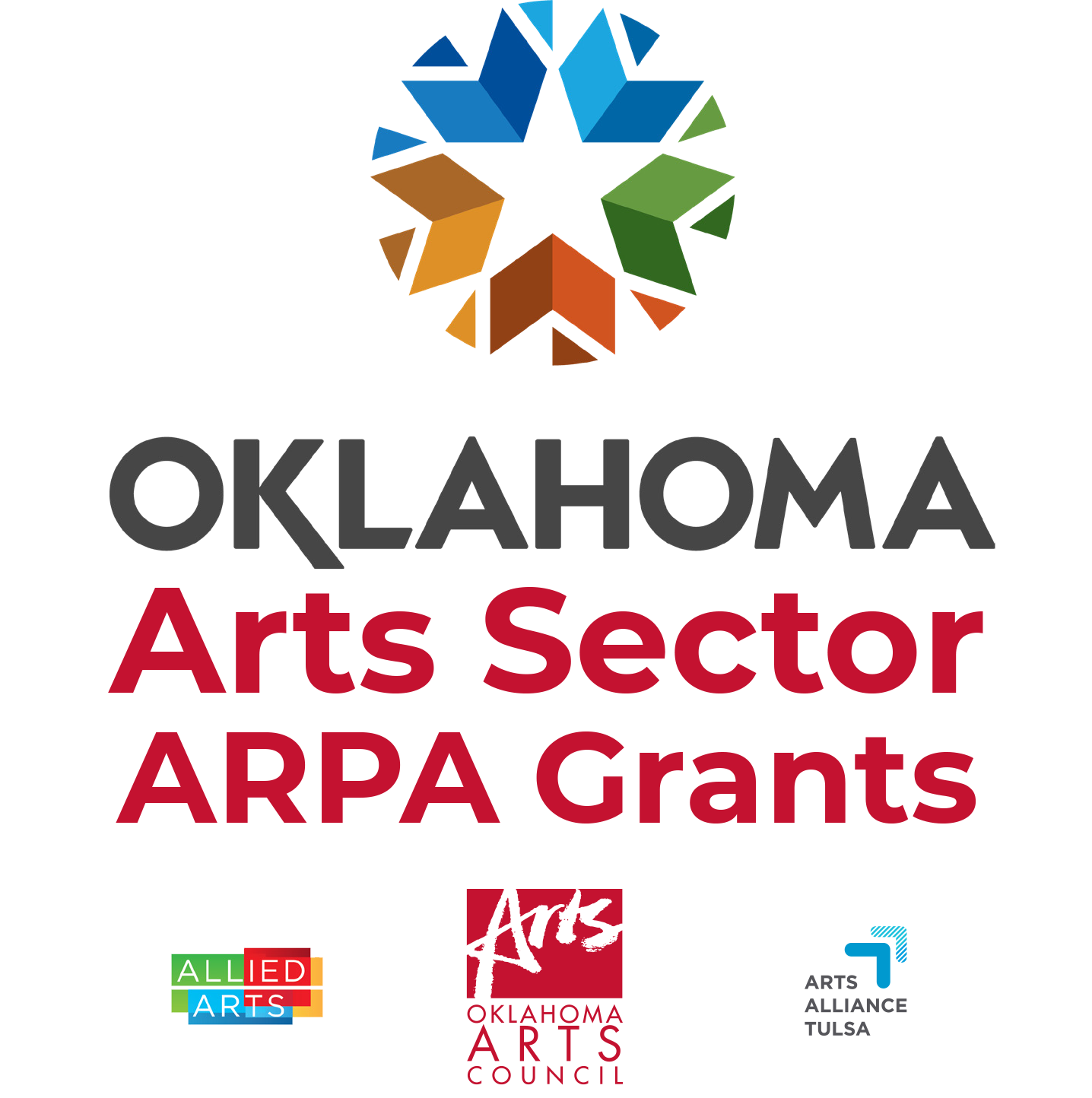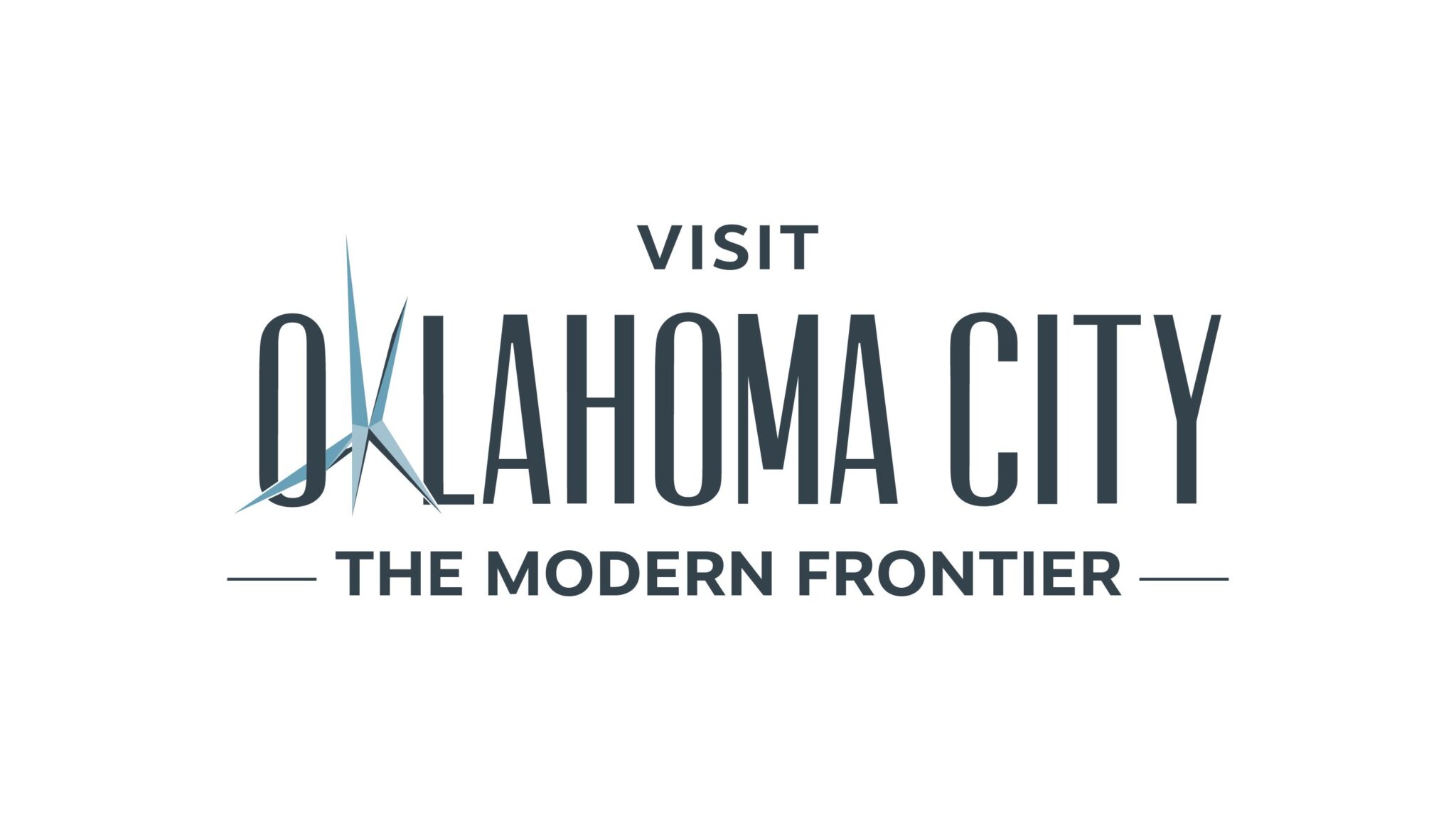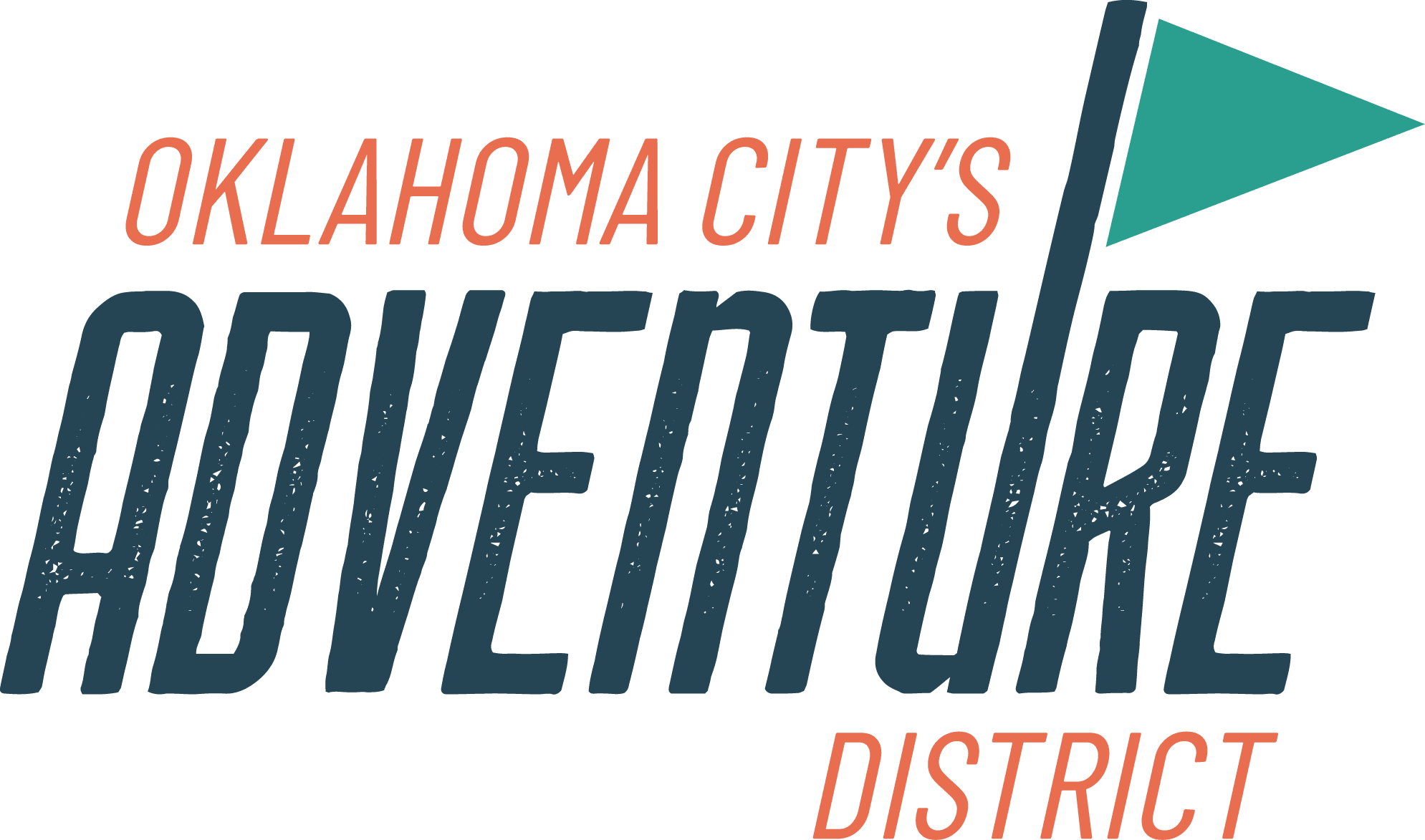We have a huge new exhibition coming up called “Spiro and the Art of the Mississippian World” put together by our very own Eric Singleton, Ph.D., our Curator of Ethnology. It’s a pretty big deal, so Seth from Marketing asked me to do an interview with Eric to help introduce this cool exhibition to you folks. My first interview!
Tim: Eric, what is “Spiro” and the “Mississippian World” exactly?
Eric: The Spiroan and the Mississippian people were the largest and most complex societies to develop in the eastern half of North America from around AD 800 until 1650.
Tim: And this exhibition actually has pieces and art from that long ago in North America?
Eric: Absolutely, and that’s one of the reasons this exhibition is so important. It focuses entirely on the Indigenous cultures of North America. Their history and their place in the history of the West is an important story to be told.
Tim: There’s a town called Spiro in Oklahoma. Any relation there?
Eric: The Mounds were named after the town of Spiro. It was there that a series of mounds were discovered revealing it to be the location of a previously unknown center of political, social, and ceremonial life.
Tim: That’s a big deal.
Eric: Definitely. The people who created the Spiro Mounds were the ancestors of today’s Caddo and Wichita people. However, the remarkable objects found at Spiro were produced by not only the Caddo and Wichita, but also the ancestors of the Pawnee, Osage, Lakota, Chickasaw, Cherokee, Muscogee, Choctaw, Potawatomi, Quapaw, Cheyenne, Seminole, and countless other Indigenous communities. Items found at spiro came from all across North America.
Tim: Can you show us one of the objects that’s in the vault? Seth from Marketing says that we should show some cool “behind-the-scenes” shots.
Eric: Sure. This is a Spiro cup done in the Braden Style meaning it came from Cahokia. It was done about 1,000 years ago. Unlike most cups we see from the Mississippian Era, this cup was done in relief where the figures are actually raised off the cup. That’s completely unique.
Tim: That’s so cool.
Eric: Another interesting fact is that this piece was missing for about 70 years. People knew that it existed and that a rubbing had been taken of it in the late 1930s or early 1940s.
Tim: Where was it that whole time?
Eric: Right here in the Museum’s vault where we are now. It had been donated to the Museum in the 60s. We discovered it when working on this upcoming Spiro exhibit.
Tim: It’s always the last place you look, right? Lol!



This important exhibition would not have been possible without the generosity of our sponsors. Thank you.
